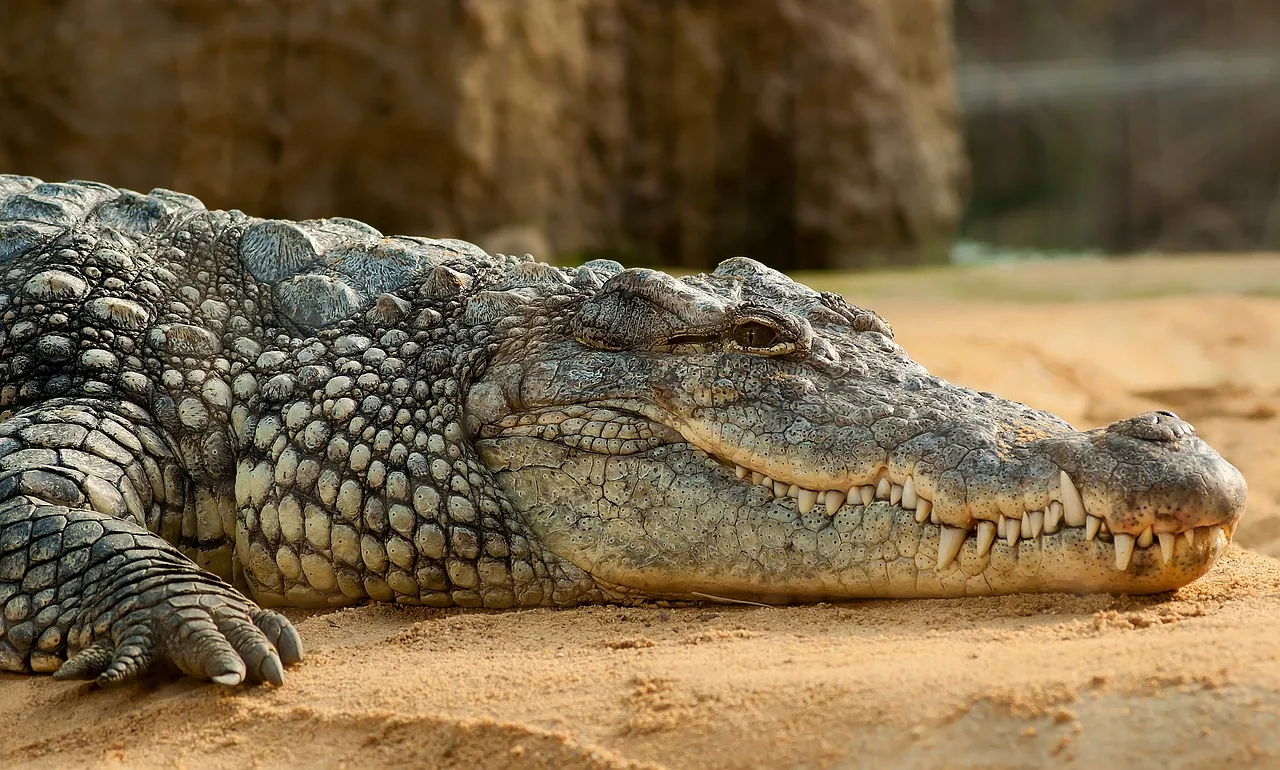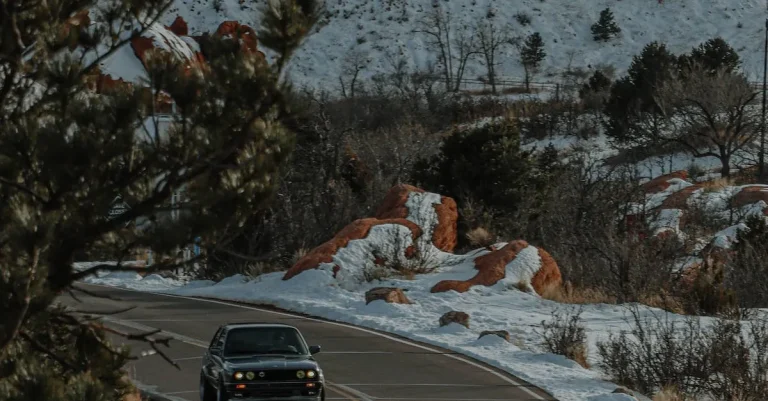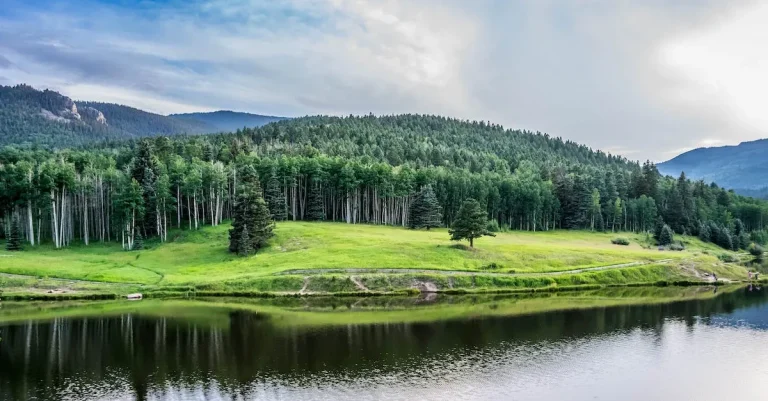Crocodiles In Florida: The List Of Habitats And Sightings
With their sharp teeth and powerful jaws, crocodiles conjure up images of the dangerous predators that once roamed prehistoric Florida. While the American crocodile population today is small, these reptiles still inhabit various regions of the Sunshine State.
If you’re short on time, here’s a quick answer to learn about crocodile habitats in Florida: Crocodiles are found primarily in the southern tip of Florida in Everglades National Park and along the Atlantic and Gulf coasts.
In this comprehensive guide, we provide an in-depth crocodile map of Florida, exploring where crocodiles live, breed, and have been spotted across the state. With the list and key facts about crocodile populations, you’ll know exactly where to find these infamous Florida reptiles.
Crocodile Populations in Florida
Florida is known for its diverse wildlife, and one of the most fascinating creatures that call this state home is the crocodile. Crocodile populations in Florida have been a subject of interest for researchers and wildlife enthusiasts alike.
Two species of crocodiles that can be found in Florida are the American crocodile and the Nile crocodile.
American Crocodiles in Southern Florida
The American crocodile (Crocodylus acutus) is a native species to Florida and can be mainly found in the southern part of the state. These crocodiles are well-adapted to the brackish and saltwater habitats of the Florida Keys, Biscayne Bay, and the Everglades.
Their population has been steadily increasing over the years due to conservation efforts and habitat restoration.
American crocodiles are unique in their ability to tolerate both freshwater and saltwater environments. They are primarily found in mangrove swamps, estuaries, and coastal areas. These crocodiles are opportunistic predators, feeding on a variety of prey including fish, crustaceans, and small mammals.
Their presence in these habitats is crucial for maintaining the ecological balance of the ecosystem.
View this post on Instagram
Nile Crocodiles in the Everglades
While the American crocodile is a native species to Florida, there have been occasional sightings of the Nile crocodile (Crocodylus niloticus) in the Everglades. The Nile crocodile is not native to Florida and is considered an invasive species.
It is believed that these Nile crocodiles have been introduced into the Everglades through illegal pet trade or escaped captivity.
Nile crocodiles are native to Africa and are known for their size and aggression. They are one of the largest crocodile species in the world and can grow up to 20 feet long. Their presence in the Everglades poses a potential threat to the native wildlife and ecosystem.
Efforts are being made to monitor and remove Nile crocodiles from the Everglades to prevent their establishment and potential impact on the native crocodile population and ecosystem. If you come across a Nile crocodile in Florida, it is important to report the sighting to the Florida Fish and Wildlife Conservation Commission.
View this post on Instagram
Interactive Map of Crocodile Habitats
Everglades National Park
Everglades National Park is one of the most important habitats for crocodiles in Florida. With its vast wetlands and diverse ecosystem, the park provides an ideal environment for these reptiles to thrive.
The interactive map allows you to explore different areas within the park where crocodiles can be found. From the freshwater marshes to the mangrove swamps, there are many habitats that support crocodile populations.
Florida Keys
The Florida Keys are another hotspot for crocodile habitats. These islands offer a unique blend of freshwater and saltwater habitats, making them attractive to crocodiles.
The crocodiles you will find in the Florida Keys play a role in the delicate Everglades ecosystem, preying on reptiles, fish, birds and small mammals.
The crocodile population in the Florida Keys has captivated the interest of researchers and civilians alike.
Biscayne Bay
Biscayne Bay is a vibrant ecosystem located near Miami, Florida. It is home to a variety of wildlife, including crocodiles.
Crocodiles have been on and around Key Biscayne for decades and there are more now than at any time in at least 40 years. Due to their typically shy nature, they are still seen less often than may be expected. The species has significantly increased its range throughout Florida and sightings/encounters are only expected to become more common in future years.
Crocodile Sightings Map
Atlantic Coast Beaches
Florida’s Atlantic coast is one of the prime habitats for crocodiles. These reptiles can often be spotted basking in the sun on the sandy beaches or swimming in the coastal waters. The warm climate and abundance of food make this region a haven for crocodiles.
According to the National Geographic article, crocodile sightings along the Atlantic coast have been on the rise in recent years. These sightings are not only limited to remote areas but also occur in popular tourist destinations such as Miami Beach and Palm Beach.
If you are planning a visit to the Atlantic coast beaches, it is important to be cautious and aware of your surroundings. While crocodile attacks on humans are rare, it is advisable to maintain a safe distance and avoid feeding or provoking these magnificent creatures.
Gulf Coast Mangroves
The Gulf Coast of Florida is another hotspot for crocodile sightings, particularly in the dense mangrove forests that line the shores. These mangroves provide an ideal habitat for crocodiles, offering them plenty of food and shelter.
One of the best places to spot crocodiles on the Gulf Coast is Everglades National Park. This vast expanse of protected land is home to a diverse range of wildlife, including the American crocodile. Visitors can take guided boat tours or explore the park’s hiking trails to catch a glimpse of these fascinating creatures in their natural habitat.
It is worth mentioning that while crocodiles are a part of Florida’s ecosystem, they are still protected under state and federal laws. It is illegal to harm or disturb them in any way. Therefore, it is important to view them from a safe distance and respect their space.
Inland Canals and Lakes
Florida’s inland canals and lakes are not immune to crocodile sightings either. These water bodies provide crocodiles with ample opportunities for sunning themselves on the banks or hunting for prey in the shallow waters.
One notable location for crocodile sightings in inland Florida is Lake Okeechobee. This expansive lake is not only a popular fishing spot but also home to a thriving crocodile population. Anglers and boaters often report sightings of these reptiles while enjoying their time on the lake.
If you happen to encounter a crocodile during your inland water activities, it is important to remain calm and give the animal its space. Crocodiles are generally shy and will usually retreat into the water if they feel threatened.
Crocodile Conservation in Florida
Legal Protection Status
Crocodiles are a protected species in Florida. According to the Florida Fish and Wildlife Conservation Commission (FWC), the American crocodile is considered a threatened species. Also, American aligator is federally protected by the Endangered Species Act as a Threatened species due to their similarity of appearance to the American crocodile.
This means that there are specific regulations in place to protect crocodiles and their habitats.
View this post on Instagram
The FWC closely monitors crocodile populations and their habitats to ensure their conservation. They work with various organizations, such as the U.S. Fish and Wildlife Service and the National Park Service, to enforce laws and regulations that protect crocodiles from harm and promote their overall well-being.
It is important for residents and visitors to respect these protection laws and regulations. Any harm caused to crocodiles or their habitats can result in serious legal consequences. If you come across a crocodile, it is best to observe it from a safe distance and not disturb its natural behavior.
Safety Tips for Avoiding Crocodiles
While the chances of encountering a crocodile in Florida are relatively low, it’s always important to be aware of your surroundings when in areas known to be inhabited by crocodiles. Here are some safety tips to keep in mind:
- Avoid swimming in areas where crocodiles have been sighted.
- Keep pets on a leash and away from the water’s edge.
- Do not feed crocodiles or leave food near the water.
- Be cautious during dusk and dawn, as these are the times when crocodiles are most active.
- If you spot a crocodile, maintain a safe distance and do not approach it.
Remember, crocodiles are wild animals and should be treated with caution and respect. By following these safety tips, you can help ensure both your own safety and the conservation of these incredible creatures.
Conclusion
As our list illustrates, crocodiles maintain a firm foothold in southern Florida. Understanding their key habitats and range is crucial for both preserving these unique reptiles and keeping human encounters to a minimum.
We hope this list provides helpful insight into the crocodilians of Florida. Whether you hope to catch a glimpse or give them a wide berth, you can now understand precisely where in Florida you may run into one of these living dinosaurs.








